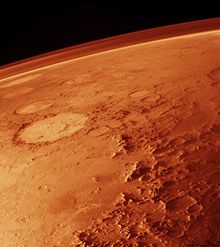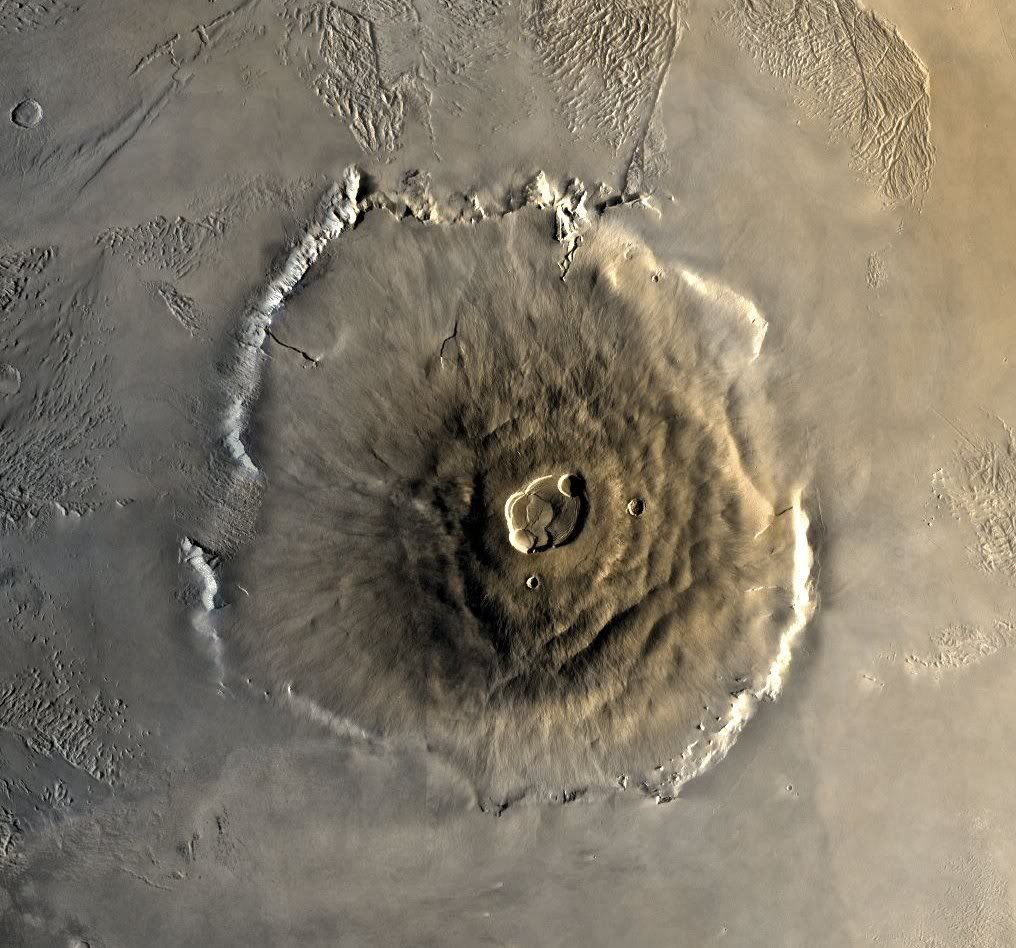The search for potential astronauts to help create the first Mars colony is well underway.
On Monday, Dutch company Mars One officially launched a reality-show type bid on Twitter and YouTube to recruit volunteers to be part of the pioneering space missing, and so far they have been contacted by up to 10,000 people.
The trip will leave Earth in 2022, with a view to reaching Mars in 2023. It will involve four people spending seven months in a small capsule during the journey, and the trip will be one way, with no reasonable expectation of return. But the sheer popularity of this mission upon its launch shows that there is no shortage of people willing to be the first ambassadors in the next step of space exploration.
It will be a unique test to see if humans really are capable of living and even populating outside Earth, but another key motive for sending people to live there is to determine, more accurately, is Mars is capable of sustaining other forms of life.
Executive director of Explore Mars, an organisation devoted to exploring life on Mars, said that “there is a strong, growing body of evidence that there could be subsurface life on Mars. However, we may not be able to confirm that unless we send people.” Simply, there are limits to what current robots can achieve physically compared to humans, in terms of drilling and digging, and humans could most likely undertake in a few minutes what a current make of man-made robot can do in an entire day.
However, for the advantage of sending human explorers to Mars, there is a disadvantage. People will inevitably bring with them billions of microbes and bacteria which will potentially compromise the eco-balance of Mars and any life that may be found there. This is a risk of which the Mars pioneers are well aware, and the general consensus is that every precaution will be undertaken to minimise the biological impact of the primary Mars colony.
Certainly, the mission will not be without risk to either the human colony or to existing life on Mars, but now that the limits to current robot exploration are drawing close, to send people to Mars as a next step makes sense.



